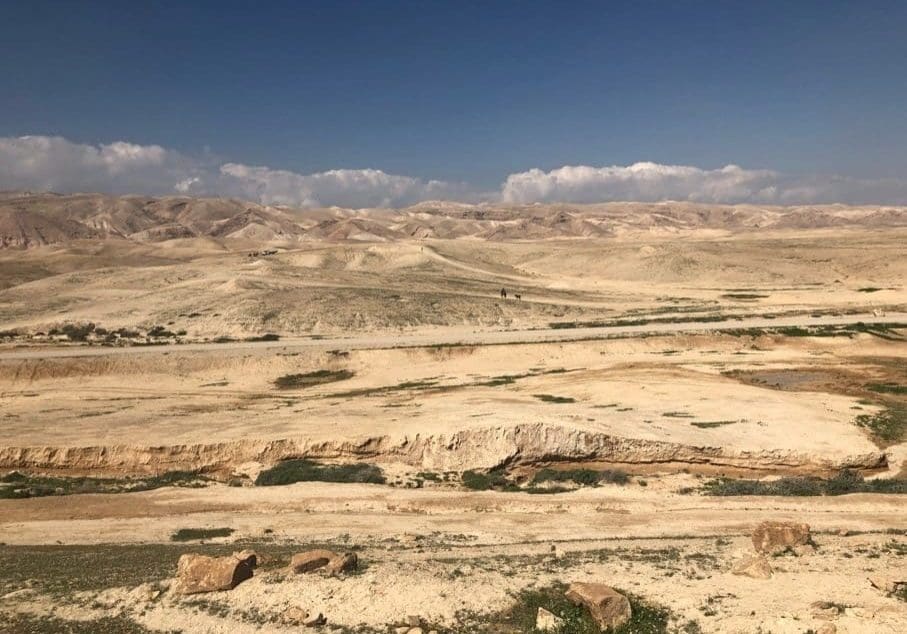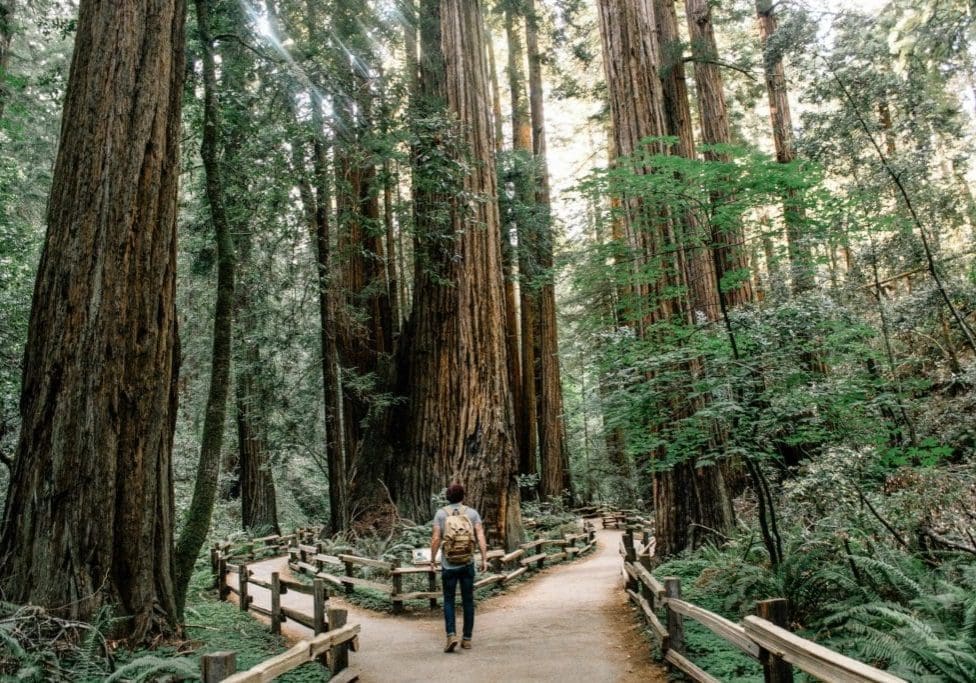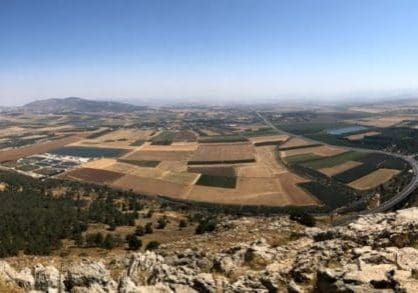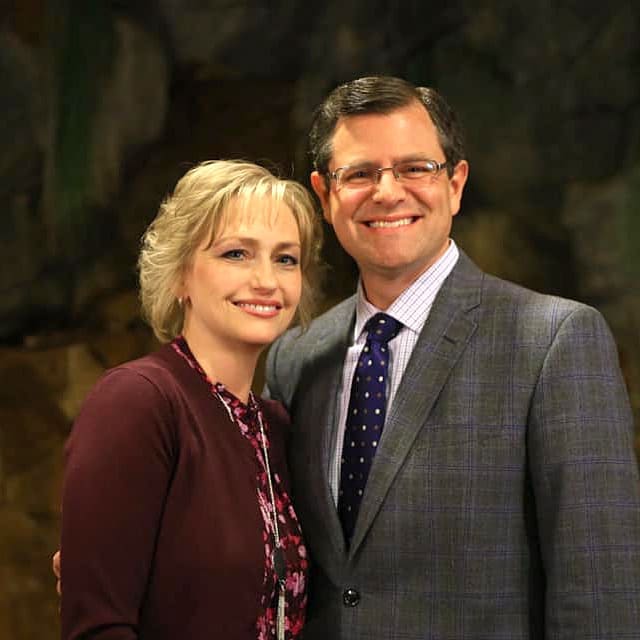
The Graveyard of the Old Gods in Shechem
“And if it seem evil unto you to serve the Lord, choose you this day whom ye will serve; whether the gods which your fathers served that were on the other side of the flood, or the gods of the Amorites, in whose land ye dwell: but as for me and my house, we will serve the Lord.” Joshua 24:15
The lines in bold above are two of Joshua’s most well known statements. However, when we look at the geography of this verse, a new facet appears. Joshua called the people of Israel to meet with him at Shechem, where he issued his ringing challenge to not follow the Canaanite gods that their fathers once served. After the people swore their commitment to the one true God, Joshua wrote the words in the book of the law, then he took a large rock and set it up under an oak tree.
“So Joshua made a covenant with the people that day, and set them a statute and an ordinance in Shechem. And Joshua wrote these words in the book of the law of God, and took a great stone, and set it up there under an oak, that was by the sanctuary of the Lord. And Joshua said unto all the people, Behold, this stone shall be a witness unto us; for it hath heard all the words of the Lord which he spake unto us: it shall be therefore a witness unto you, lest ye deny your God.” Joshua 24:25-27
The Graveyard Served as A Reminder
The Bible shows us that the rock was to be a witness, and to serve as a reminder. However, the question we need to ask is why did this marker of devotion need to be set up under this particular oak tree? The answer is found back in the story of the Israelite’s forefather Jacob:
“And they gave unto Jacob all the strange gods which were in their hand, and all their earrings which were in their ears; and Jacob hid them under the oak which was by Shechem.” Genesis 35:4
When Joshua challenged the people to choose whom they would to serve, he was not speaking theoretically. He guided them to the exact spot where Jacob and his household buried their idols, prior to going up to Bethel, the house of God.
Joshua was literally standing over those old gods. He was saying, “you want the idols that your forefathers served, well, here they are right where your forefathers left them. Dig them up if you want. They can’t even climb out of a hole under an oak tree, much less lead you into the promised land.”
As believers, it is always tempting to do as Israelites did after they entered the land and dig up some useless old god, dust him off, and prop him up again for worship. Have you done that in your life? Do you have a dead work or idol that you once buried, then later dug up? Why not do as Jacob, Joshua and the Israelites did, and commit yourself to God? Set up a rock over the useless gods and go up to Bethel.
Do you have a gravestone for your old gods?
“For who is God save the Lord? or who is a rock save our God?” Psalm 18:31

The city walls of ancient Shechem. The site is today called Tell Balata, an Arabic name that possibly derives from the Aramaic word for acorn. The Samaritans used to call the site The Holy Oak or The Tree of Grace.
Photo by author






